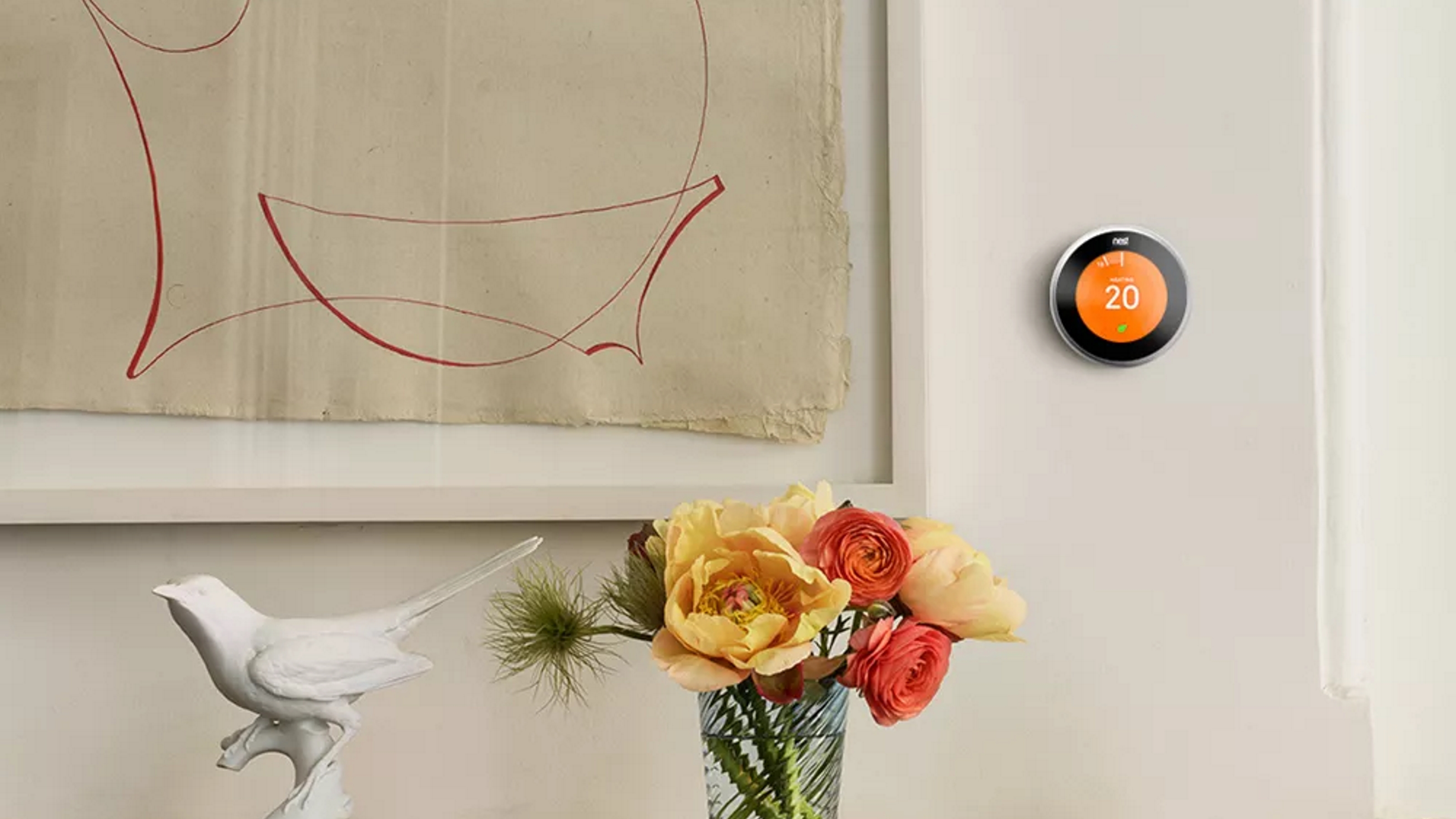An HVAC Expert Shares 3 Smart Tips for Using Timers and Sensors to Save on Household Bills — So You Can Spend On the Finer Things Instead
There are a few things you can do to sync up your home and start saving a few bucks. Here's what you need to know


You'll be happy to hear that HVAC experts say there are a few ways you can use timers and sensors to save on energy bills. A big bill is no fun and often takes away from the joys of cozying up in your luxurious home — but not to worry, as there's a solution.
From understanding the winter setting of your thermostat to pairing your heater with timers and sensors, you can save a few bucks this season.
HVAC experts give us the lowdown on what you can do with timers and sensors around your home and how it will benefit your pocket and space.
How to Use Timers and Sensors to Save on Bills

Investing in a smart thermostat may just be the hero you need when it comes to saving money on bills, among a few other handy tricks. Kelly Russum, the owner of KC's 23 ½ Hour Plumbing & Air Conditioning and HVAC expert, says a programmable thermostat is one of the best investments you can make. We like this Amazon Smart Thermostat, priced at just $79.99.
Kelly says with this, you should "Set your heating to drop to around 62°F at night and increase to 68°F about 30 minutes before you wake up — it saves much energy but is still comfortable. When you’re at work or out for the day, let the temperature drop to 60–62°F in winter or rise to 78–80°F in summer."
"A lot of people make the mistake of completely turning off their HVAC when they leave for short periods, like 30 minutes to an hour, thinking they’ll save money," explains Kelly. "In reality, the system works harder to restore the desired temperature, and you end up spending more."
The expert says you should also keep an eye out for "supplemental devices" such as heaters and ceiling fans, as they can make a big difference when paired with timers or sensors. Kelly adds: "Space heaters are notorious energy hogs, so plugging them into a timer-controlled smart plug is essential. For example, run a space heater in a home office only during working hours, then shut it off automatically at night."
The Livingetc newsletters are your inside source for what’s shaping interiors now - and what’s next. Discover trend forecasts, smart style ideas, and curated shopping inspiration that brings design to life. Subscribe today and stay ahead of the curve.
Kelly continues: "Pairing ceiling fans with sensors is another great idea. People often think running a fan constantly helps cool a room, but that’s only true when someone’s there to feel the airflow, and it’s just a waste of energy when the room is empty. Motion sensors can shut fans off when the room is empty, saving unnecessary electricity."
Lastly, If you have whole-house fans or dehumidifiers, Kelly recommends you run them during off-peak hours, like the early morning or late evening, for lower utility rates. See, there are a few dehumidifier benefits you'll want to keep an eye out for after all.
Do Timer Switches Use a Lot of Electricity?

According to Kelly, "Timer switches use very little electricity, typically less than 1 watt per hour, adding roughly $0.15–$0.60 per month to your energy bill, even with multiple timers. This is nothing compared to the energy they can save by turning off air conditioners and heaters when you don’t need them."
He continues: "A typical home might need 3–6 timer switches for HVAC systems and supplemental devices, such as a programmable thermostat for the central HVAC and timers for space heaters or ceiling fans. Basic plug-in timers cost $10–$20 each, and the cost of a programmable thermostat starts at $50."
You can find many programmable thermostats across different retailers. For example, this Honeywell Home RTH7600D 7-Day Programmable Touchscreen Thermostat from Amazon is priced at just $57.93.People are also currently loving this Honeywell Home 1-Week Programmable Thermostat from Target.
FAQs
What is the purpose of timers and sensors?
"Homeowners mainly install timers and sensors to reduce energy waste and pay less for the bills," says Kelly.
However, in addition to reducing energy consumption and lowering your bills, the expert says "timers and sensors reduce the fire risks and prolong the lifespan of your devices."

Faiza is the Renovation Editor at Livingetc. She previously worked for The Independent as a News Feature Writer, where she crafted lifestyle, entertainment, and news stories. She also worked as an Audience Editor for the newspaper for almost two years. Thriving in the busy newsroom, Faiza also spent her time crafting stories for Sky News as an SEO reporter, where she produced stories based on trending topics. Lifestyle and interior design have been areas of interest for her for some time, and as she advances in this field, she will continue to refine her skills in all aspects of design. Faiza has a background in SEO, social media, and reporting. Her passion for writing goes beyond her work as she loves all things poetry and creative writing.